Q&A with Jonathan Maltus, the self-styled revolutionary of French winemaking
Nana Ozaeta | Jun 20, 2019
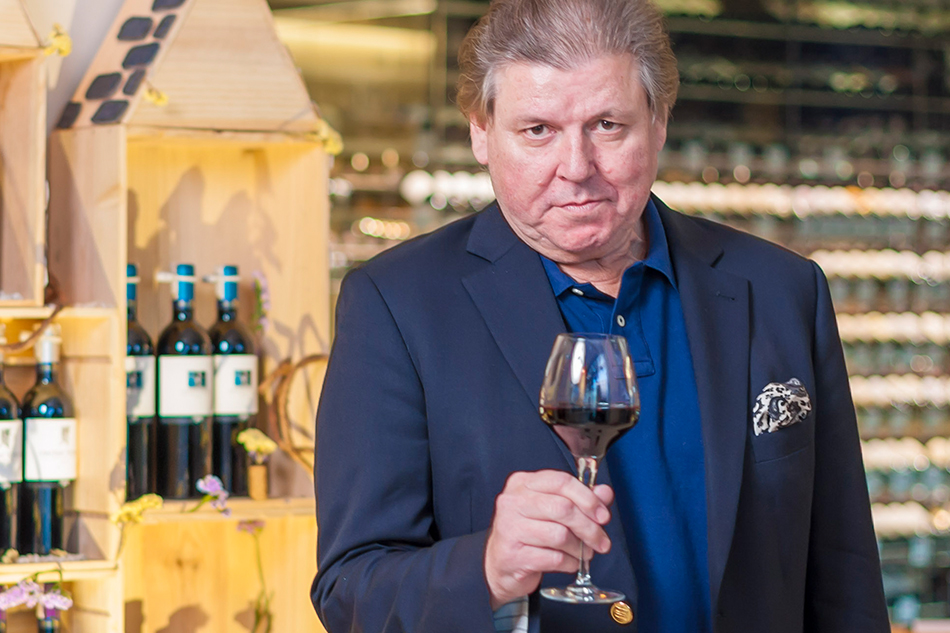
Jonathan Maltus, touted the “visionary, self-styled revolutionary” and “the English winemaking guru” by legendary wine critic Robert Parker of The Wine Advocate. Photograph by Paul del Rosario
This British expat earned his cult status—and a perfect 100 points for his Le Dôme wine—by doing things differently from the old Bordeaux winemaking ways.
The story goes like this: an Englishman sells his engineering business for a good sum, buys property in Bordeaux with the aim of taking it easy for a little while, then dips his toe in the wine business, likes it, and the rest is history. That history happens to be that of Jonathan Maltus who moved to Bordeaux in 1992. He learned winemaking from a fellow Brit for two years (and without pay), then bought his first vineyard, Château Teyssier, in Saint Emilion in Bordeaux in 1994.
Fast forward to 2019, where he heads a sprawling network of vineyards in Saint Emilion, producing seven world class single vineyard and blended wines. He also set up World’s End in Napa Valley, California, producing eight labels from there. His wines are now available in over 55 countries, including the Philippines.
Touted as a “visionary, self-styled revolutionary” and “the English winemaking guru” by legendary wine critic Robert Parker of The Wine Advocate, Maltus’s wines have garnered international acclaim, most notably a perfect 100 points for his single-vineyard Le Dôme in 2010.
These days, Maltus still lives in Château Teyssier, overseeing his ever-expanding vineyards, and traveling the globe to share his unique story. He recently swung by Manila for a lightning quick visit, just enough time to host a lovely wine dinner at Wine Story, the sole local distributor of his French wines. Select guests were privileged to try the 2016 vintages of all seven of his labels, including Le Dôme, paired with a four-course French-Italian menu by Margarita Forés. Maltus also sat down with ANCX for an exclusive interview to talk about his wines, and the impact Robert Parker made to his unlikely wine success story.
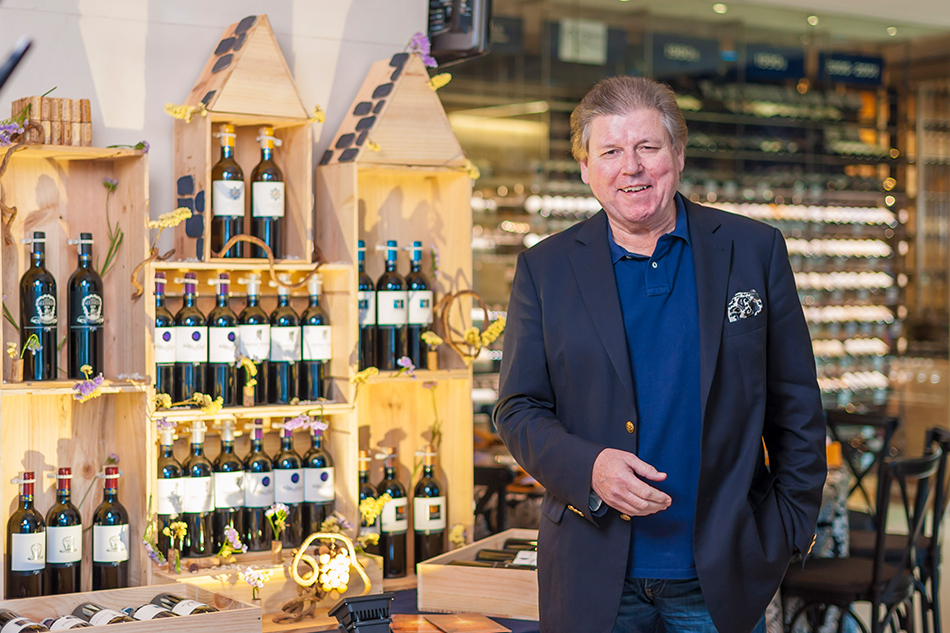
Q. How did you start Château Teyssier in Bordeaux?
A. We couldn't afford the left bank [where many of Bordeaux’s most celebrated wines come from] because the properties are huge there, 80 to 100 hectares, and all owned by insurance companies. Whereas on the right bank in Saint Emilion, the average sized properties [are] 3 or 4 hectares. So this was within our budget, so we looked at a lot of properties and came across Château Teyssier which is on the plain, five and a half hectares, and we bought it, [with] the first vintage in 1994. I was just marginally happy if the wine turned out red… I managed to luckily meet the estate agent’s mate who is a guy called Gilles Pauquet who is retired now. He was the consultant for [Château] Cheval Blanc… He had a waiting list but because my estate agent had gone to school with him, I jumped that queue. I learned an awful lot from him.
Q. Your wines were considered “garage” wines, compared to Bordeaux’s more famous labels. What does that mean?
A. Originally, they were called micro-cuvée wines. They were essentially based on the concept of Le Pin, which is to take a small property, crop the bunches down, make wine in a more Burgundian way than Bordeaux, and sell at a high price if you get a good rating… So that was the model for the garagistes movement, which really started in 1992… Michel Bettane, who’s the French equivalent of Robert Parker, was asked what he thought of these wines. He said they are so small they could be made in a garage. So that’s how it came about. He wasn’t actually being nice about it.
We were doing fun stuff in terms of winemaking, completely over the top stuff, like double aged in oak… There was enough money around, because in 2000, Le Dôme was the same price as Latour. Unfortunately, Latour has gone north a bit since… Saint Emilion in the 1990s was the sexiest place in the wine business, and then we had a bit of a fall. The garagistes were a movement, they were a fashion if you like, and like anything about fashion, it goes out of fashion. So in the beginning of the 2000’s, 2002, 2003, we suffered a bit of a resistance… And luckily that was the time I met Robert Parker.
Q. What was the impact of Robert Parker on your wine business?
A. When Robert Parker came, his view was, I don’t care whether your dad was a count or whether the property has been in your house for 400 years. If I like the wine, I’ll rate it, and therefore that changes everything. On the left bank, they didn’t like that, but on the right bank, we loved it because it was opportunities for lots of people including me.
In 1996, we bought a parcel next door to Angelus, and we started making this wine, Le Dôme.
[Parker] started rating us and we started getting some good ratings. People started coming around and then from the 2009 vintage, he gave us 99 points for Le Dôme… Bob [Parker] came and saw me for the 2010 vintage and the only time he ever said to me, what do you think of that wine, which was Le Dôme 2010? I said, well I think it’s better than last year. And so he laughed, and then six weeks later, we got the 100. And things have gone well, for the 2016, we got two 100s. So scores for non-premier grand cru classé or cru classé are quite important in terms of how you’re selling.
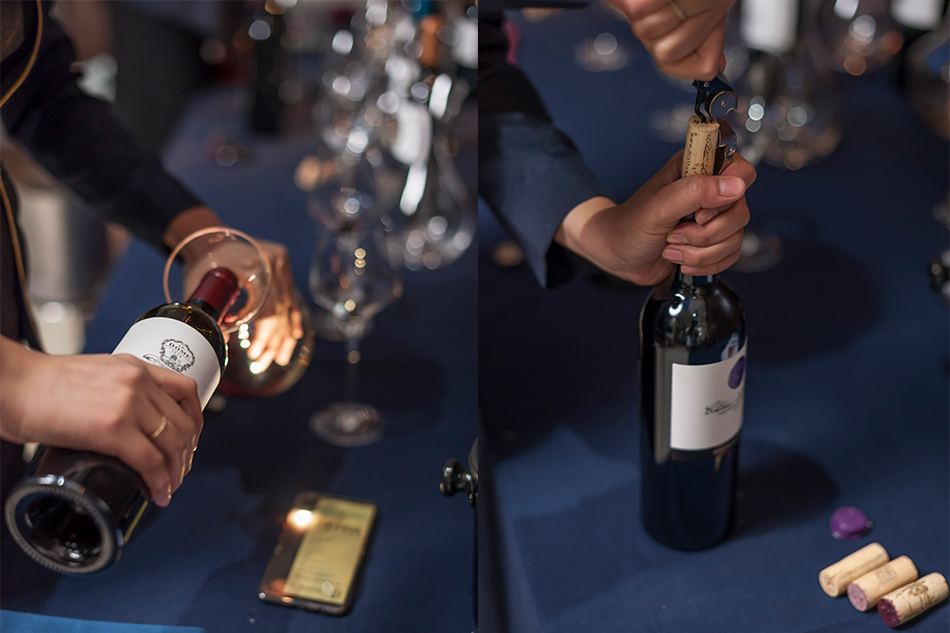
Q. Would you say you owe your success to Robert Parker?
A. Obviously, there is effort, you know, [but] we wouldn’t be doing what we’re doing unless Bob had turned around and given us 100 points… Nobody in the world now is really as important as he was in those days. There should be a statue erected for him in Saint Emilion because he changed a lot of people’s lives. I mean he also liked a style of wine, one can’t not admit that. And certainly during the 1990s, a lot of people, probably including us, were thinking about the way that he wanted wines to be. And there was also a fashion for that style of wine, and my style of winemaking is quite modern for Saint Emilion… I’ve been making wine now for 25 years or something like that, and there’s nobody in the wine world that has had the impact that he has, and I don’t think there will be.
Q. What makes Bordeaux so special as a wine-growing region?
A. The reality is that Formula 1 is Bordeaux. When you’re making wine in Bordeaux, you’re going at a certain level. There’s a culture [here]…In Bordeaux, the people working for you, you don’t have to explain too much because everybody kind of knows. So it’s not easier to make wine, but it’s easier about everyone knowing what they’re supposed to be doing. And the standards are very high. If you make it there, you can make it anywhere.
Q. Do you love all your wines?
A. All wines are like children, you’re supposed to like all of them.
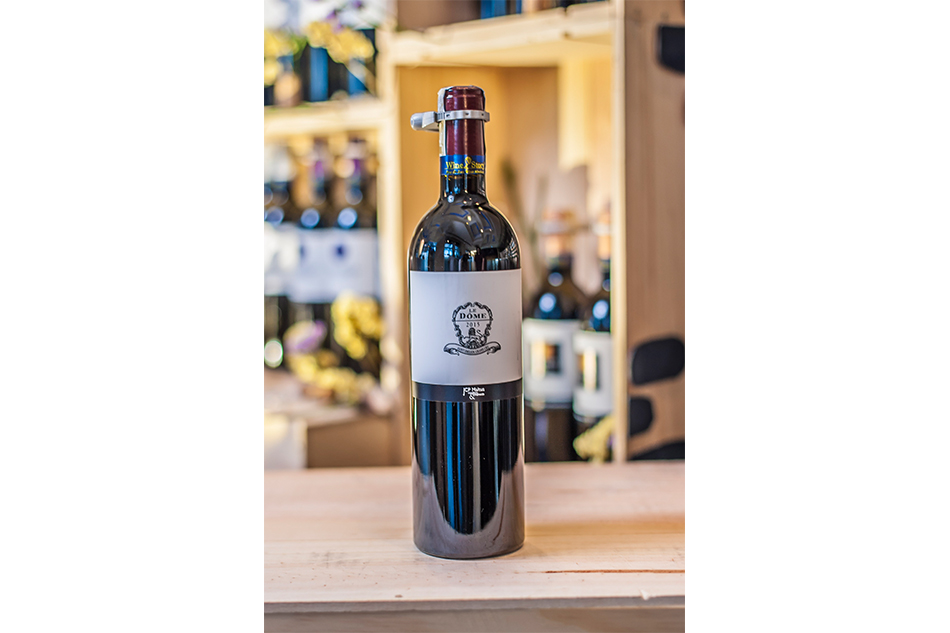
Le Dome. This is Jonathan Maltus’s most prized (and expensive) wine, having achieved cult status with its 100-point rating by Robert Parker. With its first vintage in 1996, Maltus recalls, “For the first five years of Le Dome, all of it went to J&B [in the United Kingdom], and on the first year, they wrote it up as being the wine of the vintage and sold it out in 3 days. We are off the beginning.” With 80% Cabernet Franc and 20% Merlot, Le Dome is characterized by Parker as a wine of “extraordinary purity and richness” that “swallows the entire scoring system, and rightfully so.”
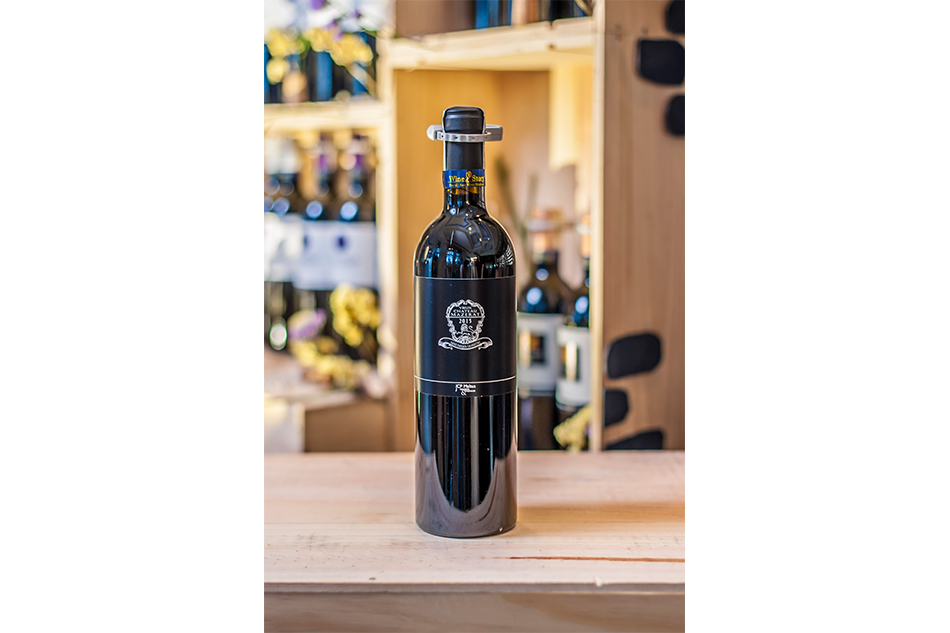
Vieux Chateau Mazerat. Maltus first purchased the Le Dome property as part of Vieux Chateau Mazerat. Twelve years later, he went on to acquire the rest of this “mother property.” It plays opposite to Le Dome, with a dominant 65% Merlot and 35% Cabernet Franc. The result is an elegant, full-bodied wine.
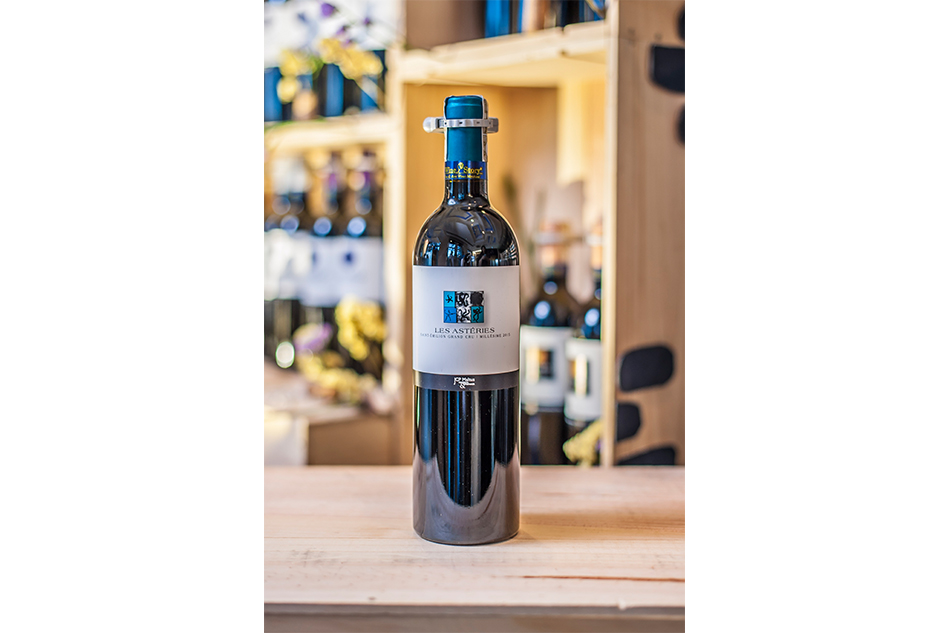
Les Asteries. Another single vineyard wine, Les Asteries is made of 80% Merlot and 20% Cabernet Franc from old vines planted over 80 years ago. Maltus describes it thus, “Les Asteries is rather austere. You have to like minerality to like it.”
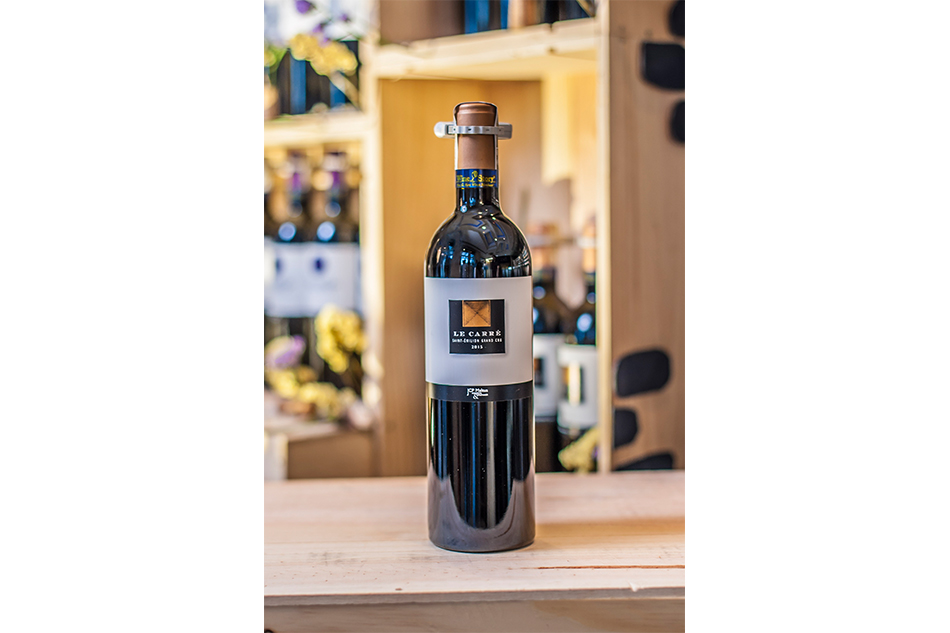
Le Carre. Le Carre seems to be the younger twin to Les Asteries. Both are produced from one-hectare plots composed of clay and limestone, and separated by a mere 100 meters. But both vineyards produce vastly different wines. Unlike the “austere” Les Asteries, Maltus characterizes Le Carre thus, “It’s a very round wine, it’s the most American wine we make in Bordeaux. It’s round, voluptuous, quite a sexy.”
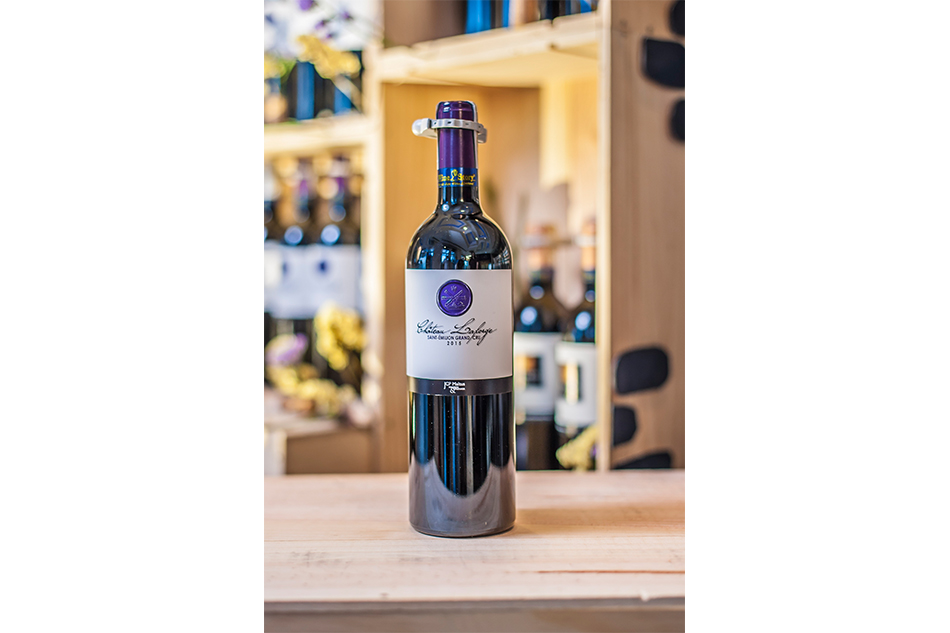
Chateau Laforge. Chateau Laforge was born because Maltus was looking for a nearby property for his in-laws to live in. He bought the cottage for them, and kept the property’s three hectares of vines. He elaborates, “Originally the name was Chateau Petit Mauvignon, which was unpronounceable for everybody. It had the name Petit which is not so good. I asked the lady do you have any other names and she said Chateau Laforge. Her grandfather was the last blacksmith so that goes on the label.” This Laforge is blended wine, using mostly Merlot (and just 8% Cabernet Franc) from three to five different parcels of land, to produce a well-balanced red.
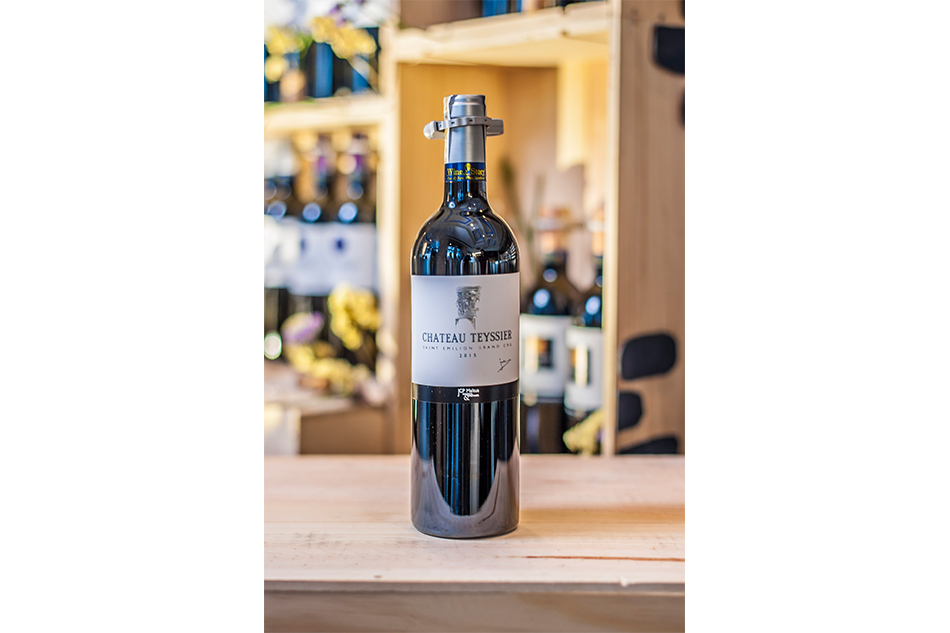
As Maltus likes to say, Chateau Teyssier pays the salaries, and Le Dome pays for [my] kids’ education.” The flagship label is produced from 55 hectares and counting, and is the largest vineyard in Saint Emilion. Teyssier is Maltus’s most affordable wine, and a good value as in usually rates at a high 90 to 92 points.
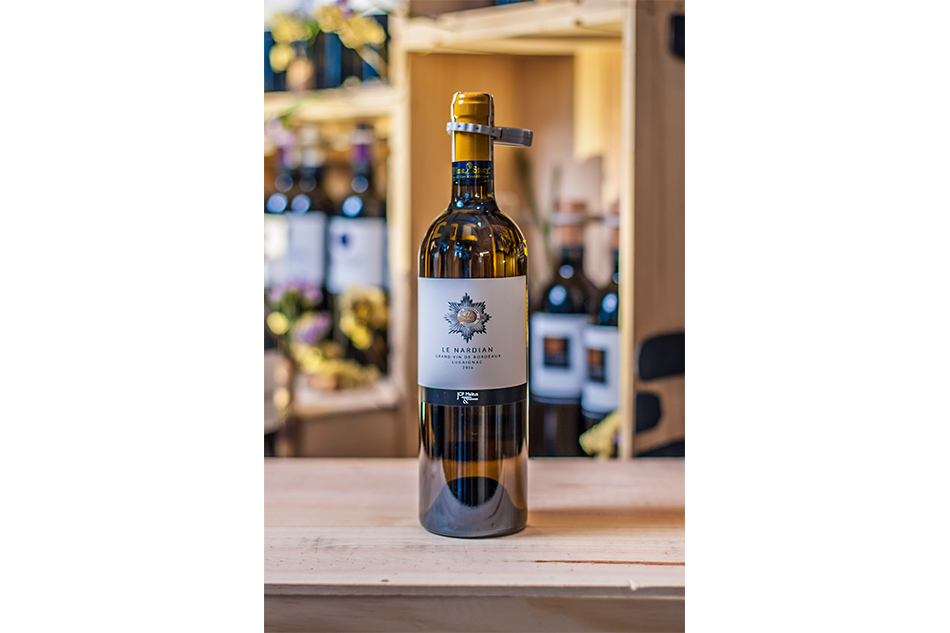
Le Nardian. This is Maltus’s only Bordeaux white, a blend of 40% Sauvignon Blanc, 40% Semillon, and 20% Muscadelle, which gives it more of a Burgundian feel, well balanced, fresh, and aromatic.